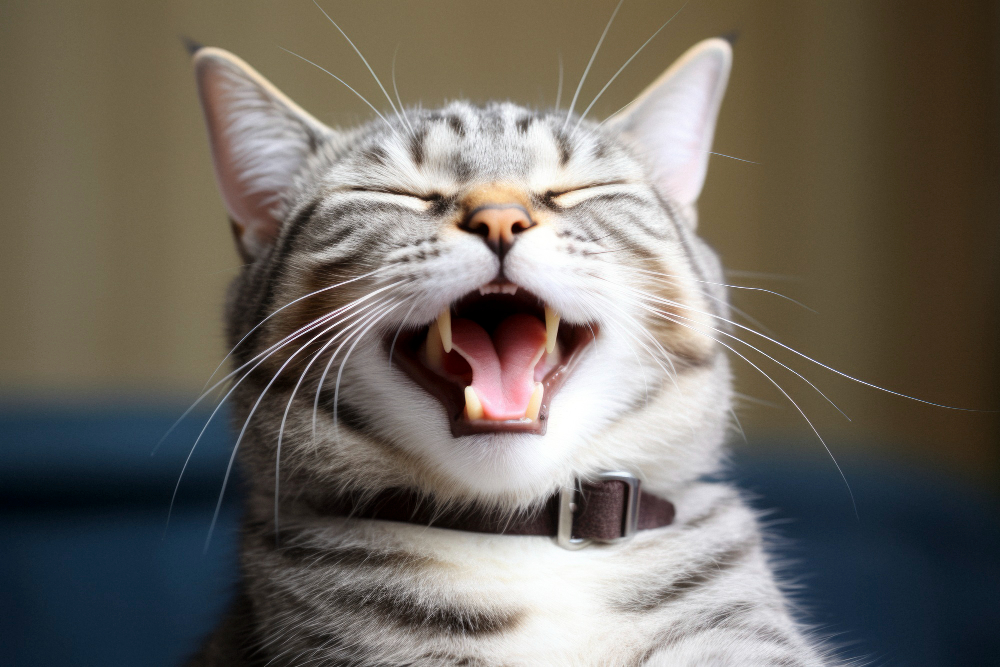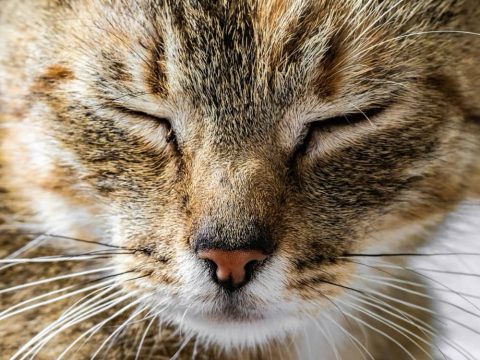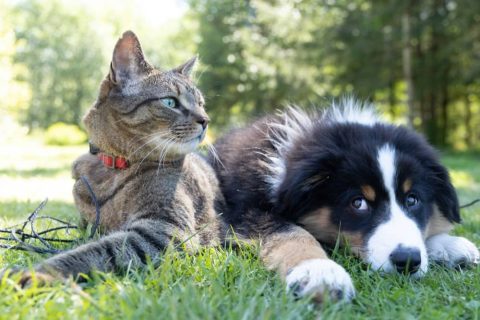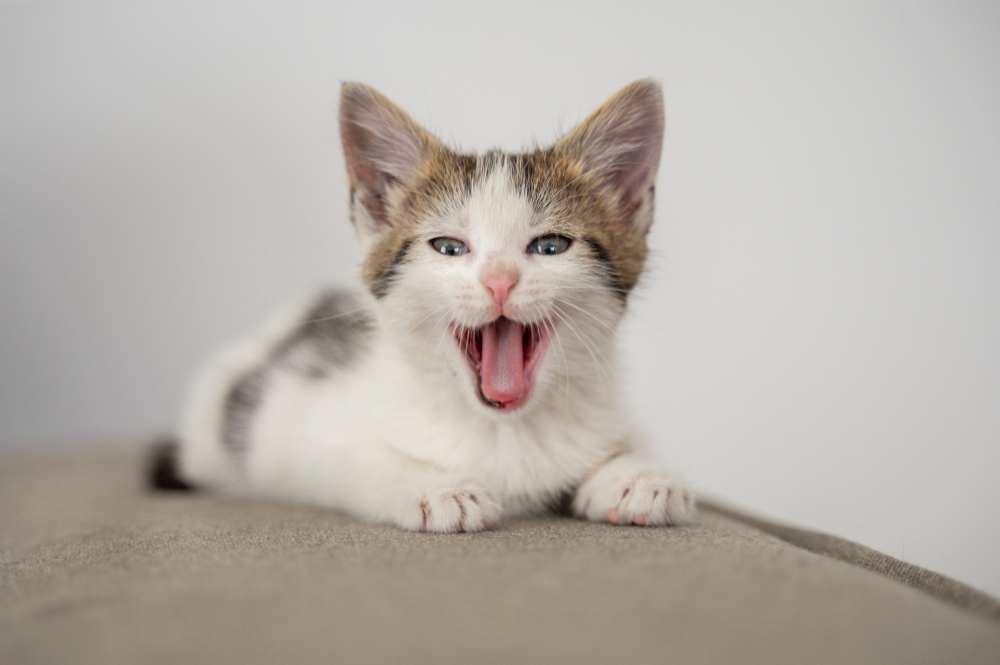Have you ever wondered why your cat meows the way it does? From soft chirps to dramatic howls, your feline friend might be trying to tell you something far deeper than “feed me.” Understanding cat vocalizations is essential for any pet parent who wants to foster a stronger bond, improve communication, and keep their perfect pet healthy and happy.
In this guide, we’ll explore the fascinating world of cat sounds — from quick greetings to frustrated growls — and help you decode what those mysterious meows really mean.
Contents
Why Do Cats Meow?
A Language Just for Humans
Unlike dogs, cats rarely vocalize to each other in adulthood. Instead, meowing is a behavior cats developed primarily to communicate with humans. Since we can’t rely on scent-based communication the way cats do, meows fill that gap.
Your cat may see you as a clumsy, oversized feline — so they adapt their cues to match what gets a reaction from you. Over time, this vocal back-and-forth becomes a language all its own.
Decoding Different Types of Cat Meows
Cats use various tones, pitches, and rhythms to express themselves. Recognizing the differences helps you respond more effectively.
Short Meow
A simple greeting — like saying “hello.”
Drawn-Out Meow
Usually a request, often for food or attention. Think: “Open the door now!”
Rapid Meows
Often used when your cat is excited to see you. These could be happy welcomes or cries of “Let’s play!”
High-Pitched Meow
This typically signals hunger or urgency. You’ll hear this near feeding time.
Low, Guttural Meow
Often an expression of irritation or complaint — like “Why is my bowl only half full?”
Understanding these cues helps prevent miscommunication and keeps your cat’s needs met.
What Other Cat Sounds Mean
While meows get most of the attention, your cat’s vocal repertoire includes more than just “meow.”
Purring
Often signals contentment, but can also indicate stress or pain. Context matters. If your cat is purring with flat ears and a stiff posture, they might not be feeling great.
Pro tip: Keep a regular schedule of pet wellness exams to catch underlying issues early.
Growling or Hissing
These are warning signs. A cat showing their teeth, arching their back, or flicking their tail is saying “Back off.” Don’t push further — respect their boundaries.
Chattering
If your cat clicks or chatters while watching birds outside, it’s usually a sign of excitement or frustration from being unable to hunt. It’s completely normal behavior.

How to Improve Communication With Your Cat
1. Be Consistent With Your Voice and Body Language
Cats are sensitive to tone and movement. Loud stomping or shouting can increase anxiety. Speak softly and move calmly — especially after a stressful day. A consistent demeanor builds trust.
Let your cat rub their head on your hand or leg — this is how they claim you. It builds familiarity and comfort. Also, make your home inviting with pet-friendly furniture and pet-safe floor cleaners to avoid overstimulating their senses.
3. Watch Their Eyes
Pupil size reveals mood:
-
Dilated pupils = excitement or fear
-
Slitted pupils = tension or uncertainty
Pair this with ear position. Ears facing forward mean curiosity. Flattened ears mean “I’m not okay.”
Final Thoughts: Listen to Strengthen the Bond
Meowing may seem like noise, but for your cat, it’s a meaningful expression of emotion. Whether they’re hungry, scared, or craving affection, learning to understand their vocal cues can help build a deep and loving connection.
As a cat parent, your job is to listen — not just with your ears, but with your eyes and heart.
For more insights, check resources like The Pet Nutrition Alliance or The Pet Fund, which offer great tips for understanding feline behavior and health.
So next time your kitty meows, remember — they’re not just making noise. They’re talking to you.









